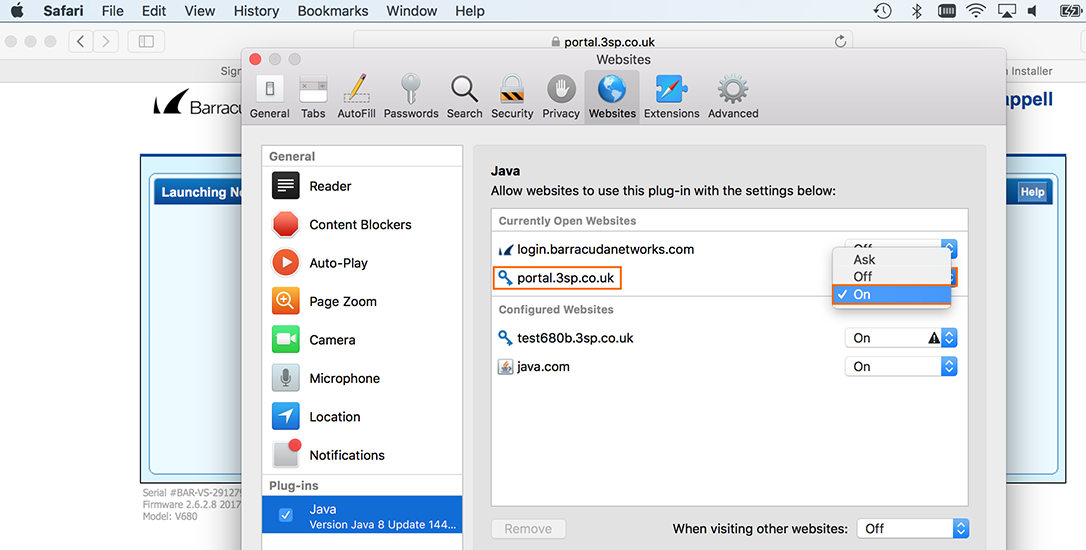How do I update Java for my Mac?
Java free download - Apple Java for OS X 10.6, Java Contactor, Java 2 SE, and many more programs. Aug 23, 2018 How to Check Java Version on a Mac. This wikiHow will teach you how to check what version of Java you have installed on your Mac by checking the System Preferences, using the Java website, or by using your Mac's Terminal.
Java Version Linux
This article applies to:- Platform(s): Mac OS X
Every time you launch a Java applet, a Java Web Start application or the Java Control Panel, the system first launches your program and then, in the background (so that performance of your Java application is not impacted), it determines if it has checked in the last 7 days for a Java update.
Update Java in the Java Control Panel
- Launch the Java Control Panel by clicking the Java icon under System Preferences.
- Go to the Update tab in Java Control Panel and click on Update Now button that brings up Installer window.
- Click on Install Update.
- Click on Install and Relaunch.
Save all your work before clicking Install and Relaunch. - Once the installation is completed the Java application will be relaunched.
- If the Java application does not relaunch, manually relaunch so you can take advantage of the latest Java.
If you choose Remind Me Later, you will be reminded of the update the next time you run Java.
You might also be interested in:
- Why do I see the Java Update Needed message: Java is out of date?
- Mac OS X information for installing and using Java
- How do I install Java for my Mac?
- How do I uninstall Java on my Mac?
- How do I clear Java cache on my Mac?
- Where is the Java Control Panel on Mac?
Where is the Java Control Panel on my Mac?
This article applies to:- Platform(s): Mac OS X, macOS
- Java version(s): 7.0, 8.0
Find the Java Control Panel on Mac
Launch the Java Control Panel on Mac (10.7.3 and above)
- Click on Apple icon on upper left of screen.
- Go to System Preferences
- Click on the Java icon to access the Java Control Panel.
Java Control Panel
The Control Panel allows you to find information about Java version and configure various settings to help you efficiently run Java on your Mac.
General
- About Java: View information about the Java version
- Network Settings: By default, Java will use the network settings in your web browser. You can set preferences including proxy servers in this setting.
- Temporary Internet Files: Files used in Java applications are stored in a special folder, called a cache, for quick execution later. You can view and configure cache files, settings, including file location, as well as delete cache from this setting.
Update
Allows you to check for and get the latest available Java version and configure whether you want to automatically update. For more information visit How do I update Java for my Mac?
Java


Java Runtime Environment Settings: View and manage Java Runtime versions and setting for Java applications and applets.
Security
You can set the security level from within the Java Control Panel so that you are notified before any untrusted Java applications will be run, or the application will automatically be blocked. For detailed information visit Security levels in Java Control Panel.
Advanced
- Debugging: Allows you to enable tracing, logging and show applet lifecyle exceptions.
- Java console: Allows you to show hide or disable the Java console
- Shortcut Creation: Allows you to allow apps or the user to create or disable shortcut creation.
- JNLP File/MIME Associations: Allows, disables or prompts user for file associations.
- Application Installation: You can enable or disable app installations in this setting.
- Security: Allows you to configure various settings related to security such as grant permissions to content, alert users about site certificates, enable trusted publishers and blacklist revocation checks, use specific SSL and TLS versions, as well as configure mixed code security verification settings.
- Miscellaneous: You can configure whether to place a Java icon in the system tray under this setting.
You might also be interested in:
- Mac OS X information for installing and using Java
- How do I install Java for my Mac?
- How do I uninstall Java on my Mac?
- How do I Update Java for my Mac?
- How do I clear Java cache on my Mac?